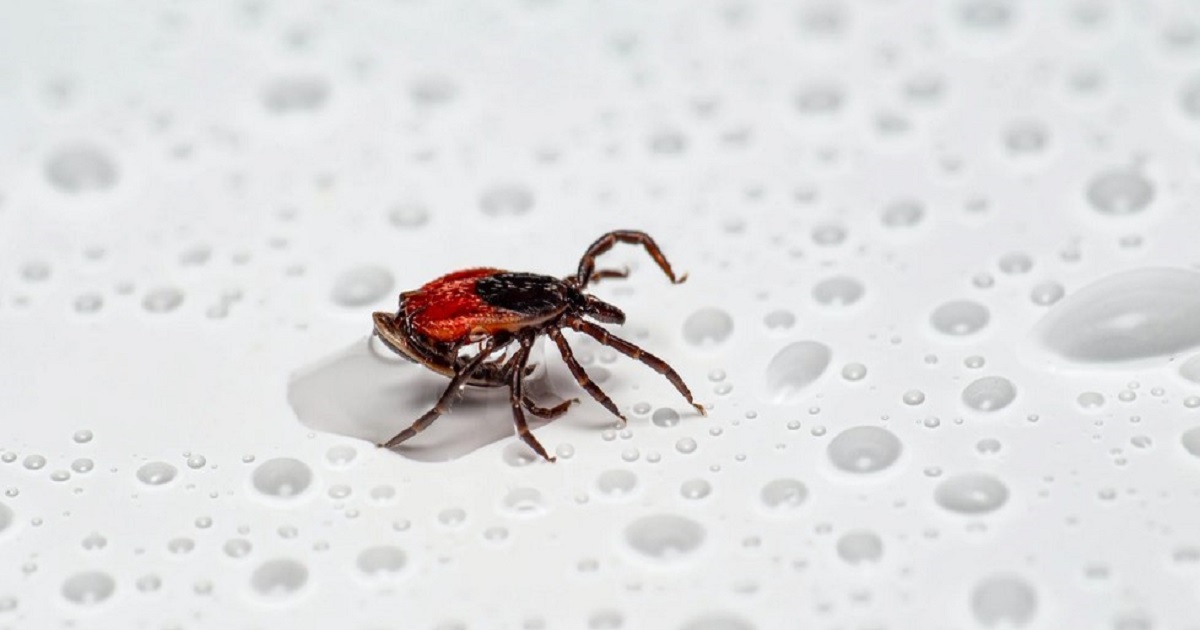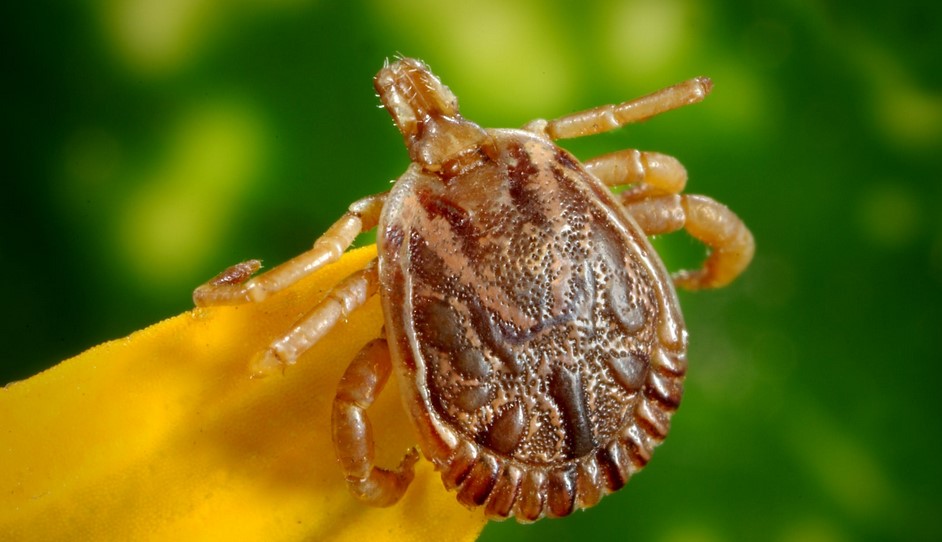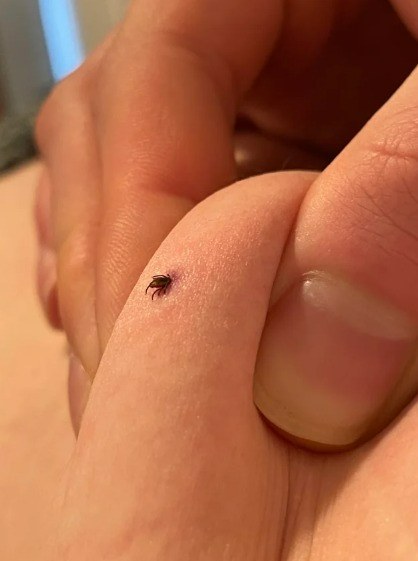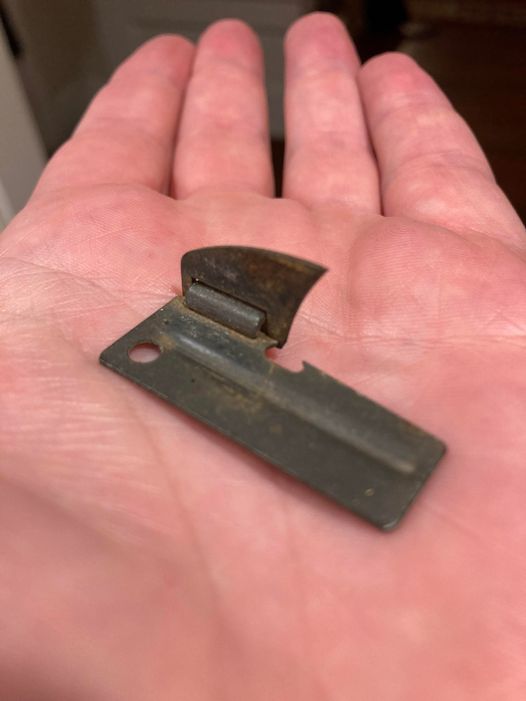How to Handle Ticks in Your Home
So, you’ve found a tick in your cozy abode. Fear not! Let’s tackle this tiny invader head-on. Ticks are small, blood-sucking parasites that usually hang out in forests, grasslands, and gardens, but sometimes they get a bit too comfy and hitch a ride into our homes. Especially if you’ve got pets, these critters can find their way inside. Let’s see what steps we can take to deal with them effectively!

Identify the Tick
Before you start freaking out, it’s crucial to identify the type of tick you’re dealing with. Some ticks are more dangerous than others (think of it as a bad villain in a movie). If you’re unsure, take a clear photo and consult a medical professional or pest control expert. This way, you’ll know exactly what kind of mini-monster you’re dealing with.
Remove the Tick
Alright, it’s showtime! Removing the tick is the next step. Grab some fine-tipped tweezers or a tick removal tool to get as close to the skin as possible. Pull gently but firmly—no squeezing or twisting, as that could leave the tick’s head embedded in the skin (yikes!). Slow and steady wins the race here.
Dispose of the Tick
Now that you’ve managed to remove the tick, let’s talk disposal. Pop that little critter into a sealed plastic bag or container and toss it in your outdoor garbage bin. Whatever you do, do not crush the tick with your fingers, as this can release all sorts of nasty pathogens you don’t want to mess with.
Clean the Area
With the tick gone, it’s time to tidy up. Clean the bite area thoroughly using soap and water. For extra precaution, you can also apply rubbing alcohol or hydrogen peroxide to disinfect the area. Safety first, my friends!
Check for Other Ticks
The fact that you found one tick means there might be more lurking around. Give your home a thorough check, including carpets, bedding, and furniture. If you have furry friends, use a fine-toothed comb to sweep through their fur and check for any more tiny intruders.
Prevent Future Infestations
Prevention is key to keeping these unwanted guests out for good. Regularly inspect your pets and living areas, especially after spending time outdoors. Use tick repellents and keep your garden trimmed to reduce the chances of ticks taking up residence in your house.

Ticks and Health Risks
While ticks are small, the diseases they can transmit are far from insignificant. Lyme disease, Rocky Mountain spotted fever, and tularemia are just a few of the health risks ticks can carry. If you or anyone in your family starts showing symptoms like fever, rash, or muscle aches following a tick bite, seek medical attention pronto!

Alright, finding a tick in your home is no picnic, but with these steps, you can handle it like a pro. Remember to identify, remove, and properly dispose of the tick, clean the area, inspect your home for more ticks, and ramp up preventive measures. By staying vigilant, you’ll keep your home tick-free and your family safe from any tick-borne nasties.





